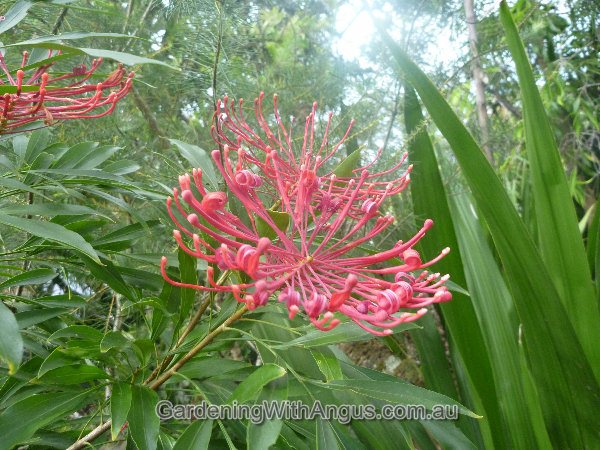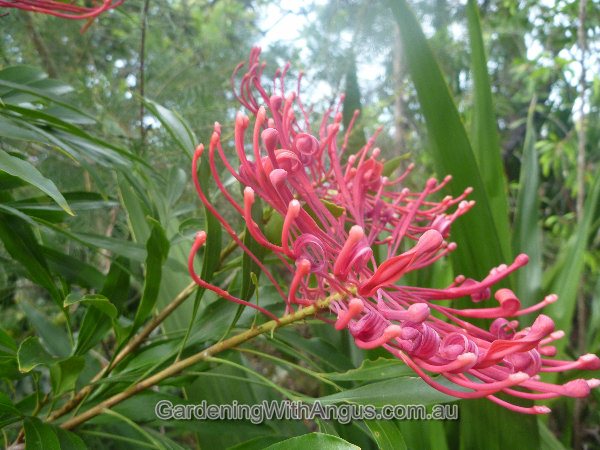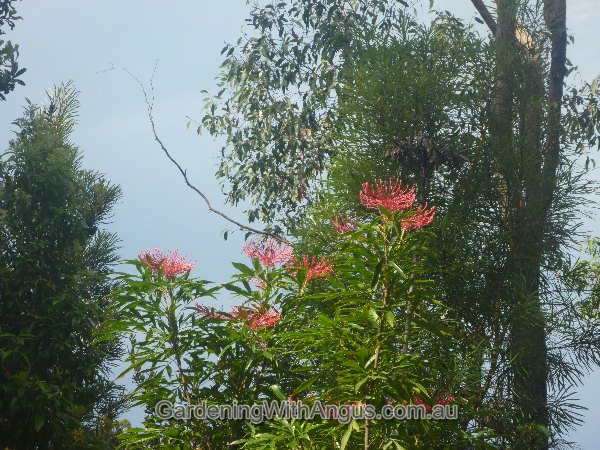Array
(
[0] => Array
(
[id] => 454
[is_published] => 1
[websiteID] => 5
[url] => /gardening/growing-banksias.php
[page_status] => Published
[number_of_ads] => 10
[can_use_editor] => 1
[last_modified_date] => 2013-09-16 00:00:00
[last_modified_by] => Alan
[checked_for_duplicate_content] =>
[title] => Growing Banksias
[heading] => Growing Banksias
[meta_description] => Learn how to grow Banksia in your garden.
[article_category_1] => Gardening
[article_category_2] =>
[article_category_3] =>
[article_category_4] =>
[article_category_5] =>
[business_category_1] => Landscaper
[business_category_2] => Nursery
[business_category_3] => Garden Designer
[business_category_4] => Landscape Architect
[business_category_5] =>
[number_of_google_mrecs] =>
[show_google_ad_bottom_of_page] =>
[show_get_quotes_top_of_page] =>
[show_get_quotes_rhs_of_page] =>
[show_directory_search_widget] =>
[show_trending_content_widget] =>
[show_facebook_widget] =>
[show_further_reading_section] => 1
[show_sponsors_section] => 0
[show_top_article_ad] => 1
)
[1] => Array
(
[id] => 202
[is_published] => 1
[websiteID] => 5
[url] => /gardening/native-grasses-dianellas-and-lomandras.php
[page_status] => Published
[number_of_ads] => 5
[can_use_editor] => 1
[last_modified_date] => 2013-09-16 00:00:00
[last_modified_by] => Alan
[checked_for_duplicate_content] =>
[title] => Native grasses and friends
[heading] => Native grasses and friends
[meta_description] => An exciting thing is happening in the world of Australian plants. Wild species that have tantalised gardeners in the past are now being improved to create a diverse palette of new varieties that offer all kinds of advantages. In particular, the necessity for water-wise, low maintenance gardens has inspired interest in plants that can be used as ground covers that will not only suppress weeds and erosion but also look fantastic.
[article_category_1] => Gardening
[article_category_2] =>
[article_category_3] =>
[article_category_4] =>
[article_category_5] =>
[business_category_1] => Landscaper
[business_category_2] => Nursery
[business_category_3] => Garden Designer
[business_category_4] => Landscape Architect
[business_category_5] =>
[number_of_google_mrecs] =>
[show_google_ad_bottom_of_page] =>
[show_get_quotes_top_of_page] =>
[show_get_quotes_rhs_of_page] =>
[show_directory_search_widget] =>
[show_trending_content_widget] =>
[show_facebook_widget] =>
[show_further_reading_section] => 1
[show_sponsors_section] => 0
[show_top_article_ad] => 1
)
[2] => Array
(
[id] => 210
[is_published] => 1
[websiteID] => 5
[url] => /gardening/top-ten-native-plants.php
[page_status] => Published
[number_of_ads] => 5
[can_use_editor] => 1
[last_modified_date] => 2013-09-16 00:00:00
[last_modified_by] => Alan
[checked_for_duplicate_content] =>
[title] => top ten native plants
[heading] => Top ten native plants
[meta_description] => Native plant specialist Angus Stewart's top ten native Australian plants
[article_category_1] => Gardening
[article_category_2] =>
[article_category_3] =>
[article_category_4] =>
[article_category_5] =>
[business_category_1] => Landscaper
[business_category_2] => Nursery
[business_category_3] => Garden Designer
[business_category_4] => Landscape Architect
[business_category_5] =>
[number_of_google_mrecs] =>
[show_google_ad_bottom_of_page] =>
[show_get_quotes_top_of_page] =>
[show_get_quotes_rhs_of_page] =>
[show_directory_search_widget] =>
[show_trending_content_widget] =>
[show_facebook_widget] =>
[show_further_reading_section] => 1
[show_sponsors_section] => 0
[show_top_article_ad] => 1
)
[3] => Array
(
[id] => 486
[is_published] => 1
[websiteID] => 5
[url] => /landscaping/bullet-proof-landscape-plants.php
[page_status] => Published
[number_of_ads] => 1
[can_use_editor] => 1
[last_modified_date] => 2013-09-18 00:00:00
[last_modified_by] => Alan
[checked_for_duplicate_content] =>
[title] => Bulletproof landscape plants
[heading] => Bulletproof landscape plants
[meta_description] => Not all plants are equal. Many require the soil and climate (amongst other things) to be 'just right'. The plants described in this article are the ones that deserve the title of 'bulletproof' and are a good starting point for an easy-care garden.
[article_category_1] => Landscaping
[article_category_2] =>
[article_category_3] =>
[article_category_4] =>
[article_category_5] =>
[business_category_1] => Landscaper
[business_category_2] => Garden Maintenance
[business_category_3] => Garden Supplies
[business_category_4] => Garden Designer
[business_category_5] => Garden Tools
[number_of_google_mrecs] => 1
[show_google_ad_bottom_of_page] => 1
[show_get_quotes_top_of_page] => 1
[show_get_quotes_rhs_of_page] => 1
[show_directory_search_widget] => 1
[show_trending_content_widget] => 1
[show_facebook_widget] => 1
[show_further_reading_section] => 1
[show_sponsors_section] => 1
[show_top_article_ad] => 1
)
)
Helpful articles
Growing Banksias. Learn how to grow Banksia in your garden.
Native grasses and friends. An exciting thing is happening in the world of Australian plants. Wild species that have tantalised gardeners in the past are now being improved to create a diverse palette of new varieties that offer all kinds of advantages. In particular, the necessity for water-wise, low maintenance gardens has inspired interest in plants that can be used as ground covers that will not only suppress weeds and erosion but also look fantastic.
Top ten native plants. Native plant specialist Angus Stewart's top ten native Australian plants.
Bulletproof landscape plants. Not all plants are equal. Many require the soil and climate (amongst other things) to be 'just right'. The plants described in this article are the ones that deserve the title of 'bulletproof' and are a good starting point for an easy-care garden.
Plant description
The Dorrigo Waratah, Alloxylon pinnatum, is a very attractive small tree with its dark green glossy leaves and large red wheel-like flower heads. Can flower from spring to autumn, and will attract lots of nectar feeding birds. The flowers last well in a vase. It can be difficult to establish but give it a sheltered position in a deep, well-drained loamy soil and you will be richly rewarded. It makes a wonderful feature tree. It will grow to around 6 metres in cultivation, though it can grow to 20 metres in its natural habitat. Best in warm temperate climates, but can take light frosts.
Further reading: Australian Native Trees and
Top Gum Trees for Gardens (articles written by native plant expert Angus Stewart).
Additional plant information
Flowers
Flower colour: Red
Flowering season: spring summer
Scent
nil
Plant size
Maximum height: 20 metres
Minimum height: 10 metres
Maximum width: 12 metres
Minimum width: 8 metres
Sunlight, frost & salt tolerance
This plant will tolerate full or partial sunlight.
Light frost tolerance.
Plant is not salt tolerant.
Fauna attracting?
Yes. Attracts: Birds - nectar feeding.
Climate
This plant species will grow in the following climates: temperate, subtropical.
Soil types & conditions
Loam: moist, well-drained.
Clay: well-drained.
Sand: moist, well-drained.
Soil pH: 5.5-6
Miscellaneous information
Native to: Australia.
Planting season: autumn to spring.
Types of fertiliser: Low phosphorus.
Find a nursery
Search for another plant



